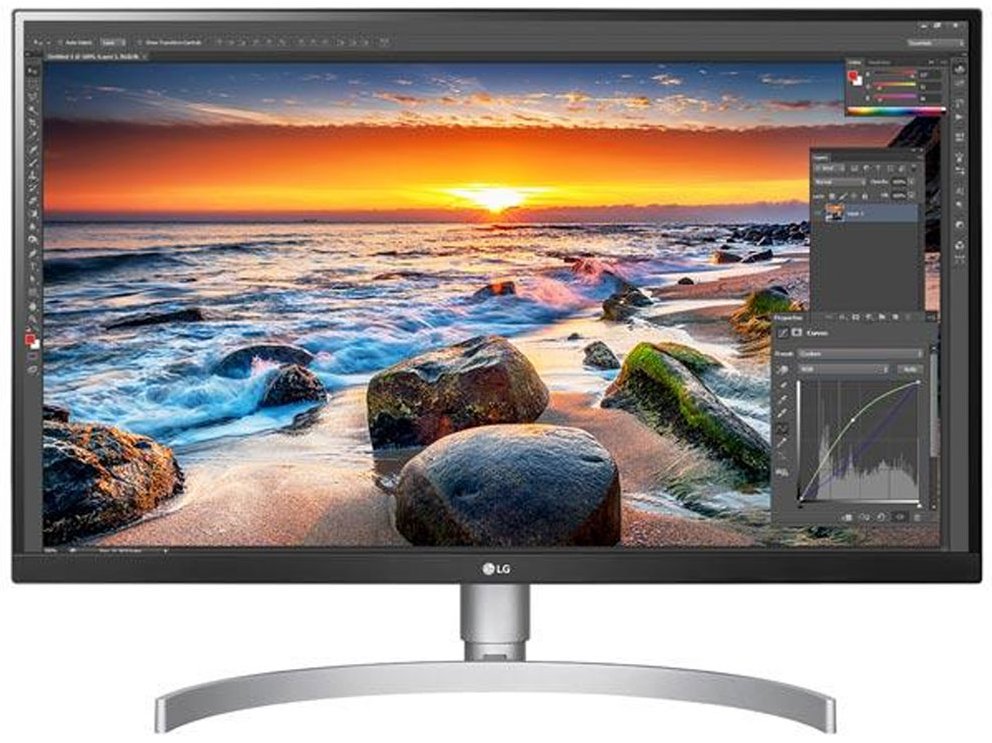
Free shipping to qualifying US destinations in the contiguous United States not available for P.O. The question of which port is better is more a question of connectivity.^IFVġFree shipping not available for parts and accessories. Meanwhile, VESA designed DisplayPort to be the ultimate display interface for computers, so it complements rather than replaces HDMI.

Despite the confusing cable specifications, it does things that DisplayPort can’t. HDMI was designed primarily for consumer-electronics applications: Blu-ray players, TVs, video projectors, and the like. And since some GPUs can support multiple DisplayPort interfaces, you can daisy-chain compatible monitors to connect as many as six displays to one source. A single DisplayPort interface can support up to four monitors at 1920x1200-pixel resolution each, or two monitors at 2560x1600-pixel resolution, with each display receiving independent audio and video streams. HDMI can handle a single video stream and a single audio stream, so it can drive only one display at a time. Both HDMI and DisplayPort can send high-definition digital video and audio from a source device to a display.

No modern all-in-one is complete without an HDMI input that allows you to connect a gaming console or a set-top box to the computer so you can use its display for a second purpose. You’ll also find it in most consumer desktop and laptop computers. Size classĭimensions, weight and color Information about the dimensions and the weight of the specific model with and without stand as well as the colors, in which it is offered to the market.The HDMI port is a ubiquitous port that can be found in TVs, Set-Top Boxes, Blu-ray Players, A/V Receivers, gaming consoles, camcorders, digital cameras, and even some smartphones. Display Information about the main characteristics of the display - panel, backlight, resolution, refresh rate, etc.


 0 kommentar(er)
0 kommentar(er)
